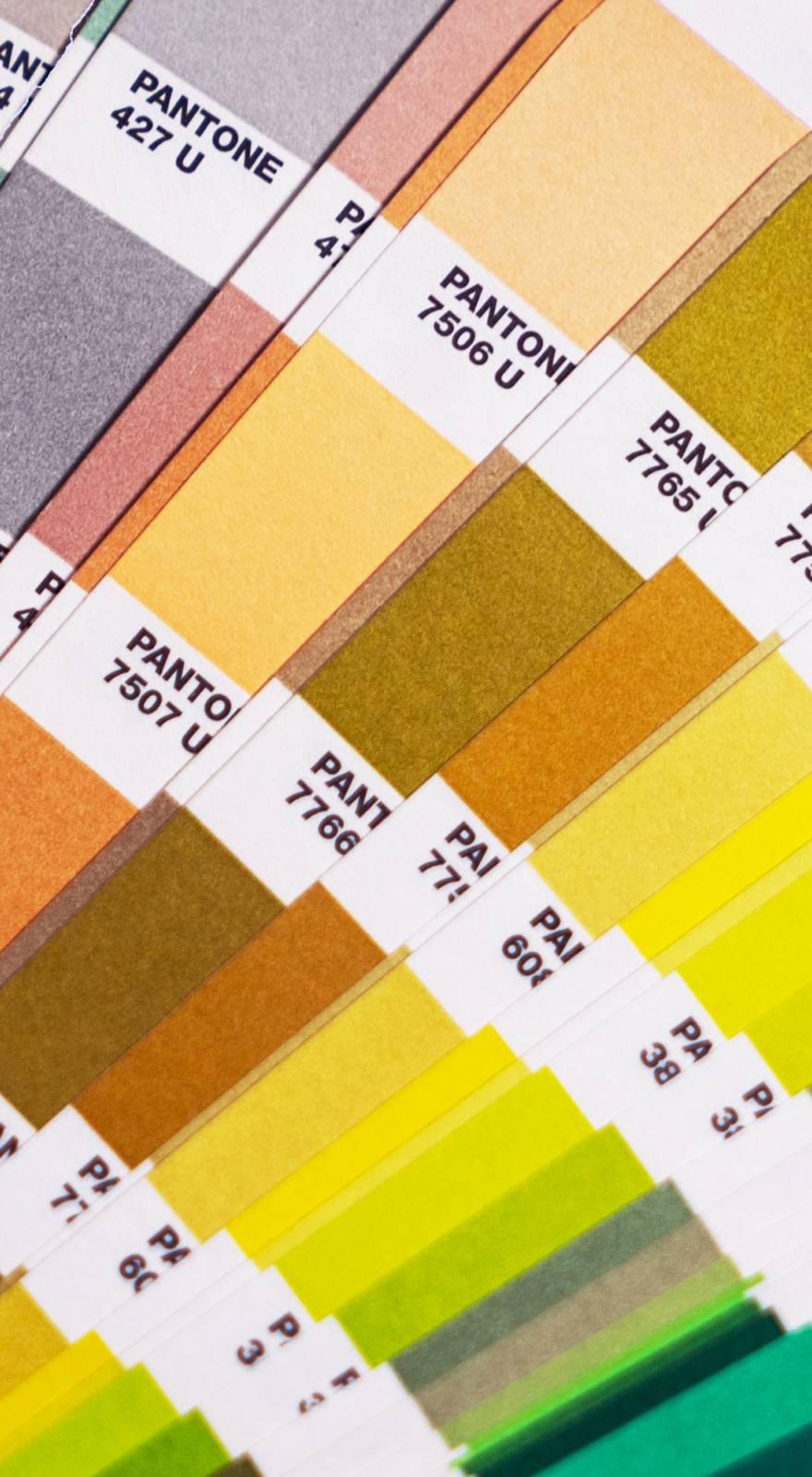Knowde Enhanced TDS
Identification & Functionality
- Chemical Family
- CASE Ingredients Functions
- Technologies
- Chemical Structure

Features & Benefits
- Labeling Claims
- CASE Ingredients Features
- Product Characteristics
A temperature over 120°C (248 °F) is necessary to release the blocking agent, which will volatilize from the coating. The resulting isocyanate can react with active hydrogen-containing compounds to form more thermally stable urethane or urea linkage BI-792 can be added directly to most waterborne formulations with mild agitation and can be utilized in coatings for wood, leather, inks, adhesives, textiles, and waterborne coatings for metal.
- Features
- Curing Temperatures over 120°C (248 °F)
- Long Pot-Life for 1K system
- VOC Free
- Excellent Adhesion
- Excellent Water Resistance
Applications & Uses
- Applications
- Coating Type
- Applications
Crosslinking agent for waterborne system
- Paints & Coatings
- Adhesives
- Pressure Sensitive Adhesives Nonwoven Fabric Binders Textile Treatment
- Formulations
FORMULATIONS
BI-792blocked isocyanate can usually be added directly to waterborne formulations containing active hydrogen groups. In general, waterborne systems with high pH (>8) will increase the dissociation speed during curing however, may shorten the pot-life of the overall system. Typically, levels of 5 to 15 percent by weight, and cure conditions of several minutes at elevated temperature, are required. It should be noted that BI-792 blocked isocyanate does not react the same with every waterborne polymer.
Effect of pH:
The correlation between dissociation speed of BI-792 and pH of treatment bath is described in the following drawing, when the bath pH is 8 or higher, the dissociation speeds up and the target performance can be achieved at lower temperature.Effect of dissociation catalyst.
Effective catalyst is zinc acetate, sodium hydrocarbonate and tertiary amine. Zinc acetate shows the most effective in lowering temperature. When 10% zinc acetate water solution is added by 2.5-10% to BI-792, the dissociation temperature becomes approximately 20°C lower.
Properties
- Physical Form
- Appearance
- White liquid
- Typical Properties
| Value | Units | Test Method / Conditions | |
| Solid Content | 40 | % | — |
| Ionic nature | Nonionic | — | — |
| NCO Type | Aromatic | — | — |
| Specific Gravity at 25°C | 1.04 | — | — |
| Dissociation temperature | 120 | °C | — |
| pH(5% a.q.solution) | 5.5 - 8.0 | — | — |
Packaging & Availability
- Packaging Type

